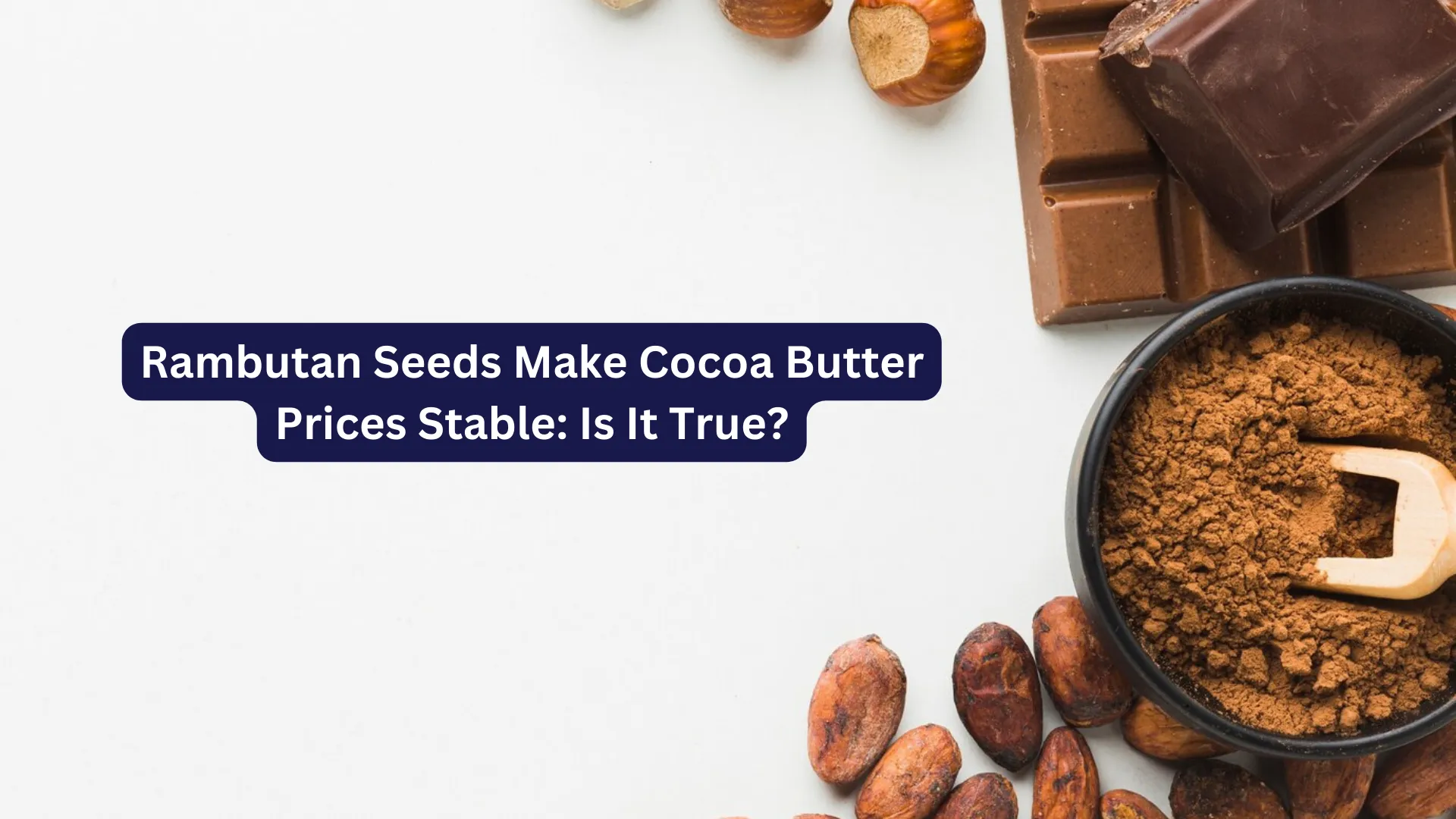Sunset Yellow vs Turmeric: Which is Better from an Economic and Health Perspective?
In the food and beverage industry, food colorants play a crucial role in attracting consumers and enhancing the appeal of products. Two commonly compared colorants are Sunset Yellow, a synthetic dye, and turmeric, a natural dye. This article will examine both from an economic and health perspective to determine which is superior.
Sunset Yellow: Economic Efficiency and Affordability
Sunset Yellow is a synthetic food colorant widely used in products such as candies, soft drinks, and baked goods. From an economic standpoint, Sunset Yellow offers several advantages:
- Cost-Efficient Production: Being a synthetic product, Sunset Yellow is much cheaper to produce compared to natural colorants. This is particularly advantageous for food manufacturers aiming to keep production costs low.
- Color Stability: Sunset Yellow is known for its high color stability, meaning it does not easily fade or change color during production and storage. This provides consistency in the final product.
- Wide Availability: As it is produced on a large scale, Sunset Yellow is readily available in the global market.
However, there are some health concerns associated with Sunset Yellow:
- Allergic Reactions: Some individuals may experience allergic reactions, such as skin rashes and itching.
- Hyperactivity in Children: Some studies suggest that synthetic dyes, including Sunset Yellow, may contribute to hyperactivity in children, although the evidence is still debated.
- Potential Health Risks: Animal studies indicate that high consumption may increase cancer risk, though evidence in humans remains limited.
For affordable Sunset Yellow, you can find it at Tradeasia, which offers competitive prices and good availability.
Turmeric: Natural Dye with Health Benefits
Turmeric is a natural dye derived from the Curcuma longa plant. Besides providing a vibrant yellow color, turmeric is known for its significant health benefits, making it popular among health-conscious consumers:
- Significant Health Benefits: Turmeric contains curcumin, a compound with strong anti-inflammatory and antioxidant properties. Research shows that turmeric can help reduce inflammation, improve heart health, and even has potential anti-cancer properties.
- Product Value Addition: Products using turmeric are often perceived as healthier and more premium, allowing manufacturers to sell them at higher prices. This adds value to the final product.
- Environmentally Friendly: Turmeric is a more environmentally friendly colorant compared to synthetic dyes, making it suitable for products with sustainability claims.
However, turmeric also faces some challenges:
- Higher Production Costs: Cultivating, harvesting, and extracting turmeric involve higher costs compared to synthetic dyes. The process requires advanced technology and infrastructure.
- Color Stability Issues: Turmeric's color can fade or change over time and depending on storage conditions, requiring special handling to maintain quality.
- Limited Availability: Turmeric's availability can be influenced by climatic factors and harvest yields, leading to inconsistent supply.
Combination of Uses by Food Manufacturers
Some food manufacturers have started combining Sunset Yellow and turmeric to leverage the benefits of both. This combination allows producers to:
- Optimize Costs: By mixing the more expensive turmeric with Sunset Yellow, manufacturers can reduce costs while not completely forgoing the benefits of natural colorant.
- Maintain Product Stability: Using Sunset Yellow ensures color stability, while turmeric provides health benefits and added value.
- Appeal to Health-Conscious Consumers: This approach allows manufacturers to attract health-conscious consumers while still benefiting economically from synthetic dyes.
Conclusion
Sunset Yellow and turmeric each offer distinct advantages and drawbacks from both economic and health perspectives. Sunset Yellow is more cost-effective and stable in terms of color, but there are health concerns to consider. Turmeric, though more expensive, provides significant health benefits and adds value to products. Combining both can be an optimal solution for manufacturers looking to capitalize on the strengths of each.
By understanding the strengths and weaknesses of these colorants, producers can make more informed decisions based on their product needs and consumer preferences.



Leave a Comment